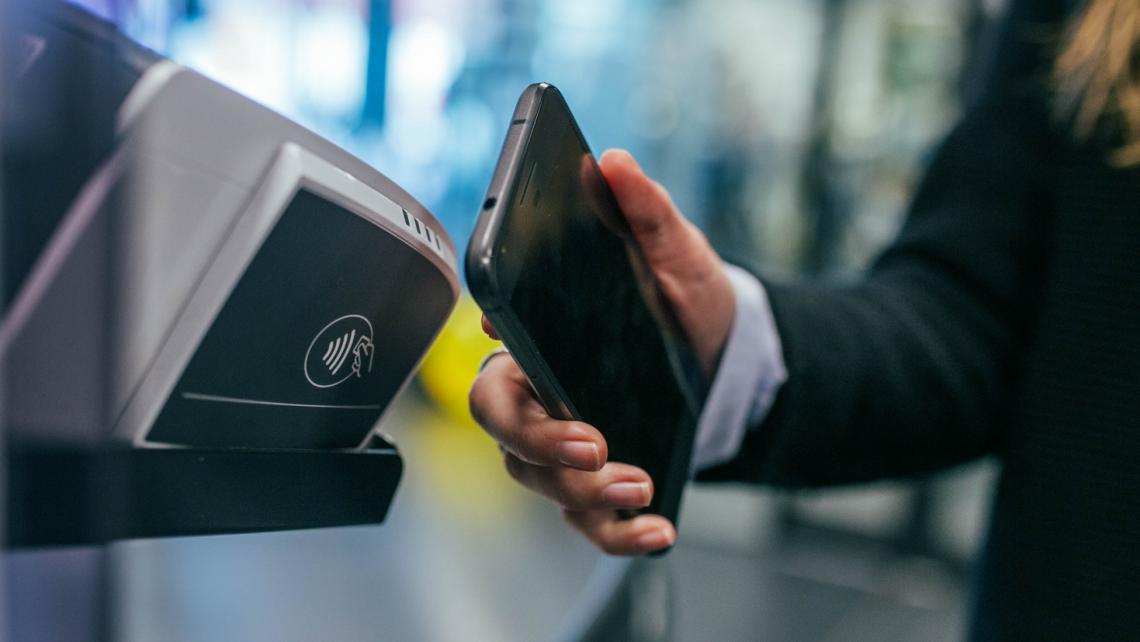Tokenisation and means-of-payment: when opportunities arise
In Today’s digital world, Tokenisation is a leading technology and a reference when it comes to digital payments for banks, retailers, payment processors, etc. It is the process of securing data by replacing it with a generated number called a token. The mapping between the token and the original data is then securely stored into a Token Vault.
Data Tokenisation has a tremendous potential for limiting fraud proliferation. However, Tokenisation does not only bring security, it is also a way to improve user experience by making payments smoother. The significant evolution of e-commerce has led to simplified payment experiences. With “card on file” or Amazon “1-Click® Checkout” solutions, customers benefit from a convenient solution and an increased ease-of-use, thus boosting the amount of purchases.
The emergence of e-commerce has also driven higher risk of fraud, and to prevent that risk, most of the merchants use 3D-Secure to authenticate and secure their transactions. Recently, EMVCo has released a new user-centric version of 3D-Secure to improve the overall shopping experience and optimise the authentication process.
Invisible payments have brought an array of new possibilities, pushing further the e-commerce payment experience to other real-life applications. Over the years, concrete and famous examples of invisible payments applications have flourished such as AmazonGo, Uber, Sam’s Club… Even though the act of payment is “invisible”, the customer initiating the payment is nevertheless authenticated and notified (QR code, biometrics, password…).
In order to improve the overall act of payment, the objective is to dissociate the purchasing experience from the payment experience. By doing so, customers can be authenticated at the moment of purchase without presenting any means of payment. This is what happens when a user logs into their Uber application.
Sensitive payment data are not used during the purchase process, they are securely stored on a backend server and accessed through the usage of a token. Once the customer is authenticated, the token will help retrieving the sensitive payment data to generate the actual payment authorization.
Tokenisation has paved the way for developing the user experience by improving and making payments smoother, seamless and secured.
Tokenisation platforms can also help payment service providers and merchants to reduce the cost associated to their Payment Card Industry Data Security Standard (PCI DSS) certification costs by reducing the number of systems having access to Card Numbers. Indeed, not all the systems require access to sensitive data, in many situations, an alias or Token is enough (for example for the loyalty systems, CRM, data warehouse...). In such case, Tokenisation platforms will replace the sensitive data by a token when interfacing with those systems.
To help the retailers and financial institutions embrace the wide range of opportunities brought by Tokenisation, HPS has built an Open Payment Platform that includes a Tokenisation engine to support all new payment means or new and frictionless user experiences.
To know more about HPS’ Open Payment Platform and Tokenisation platform, please contact sales@hps-worldwide.com




















